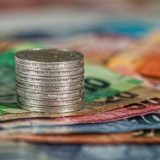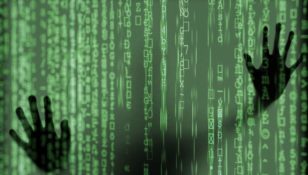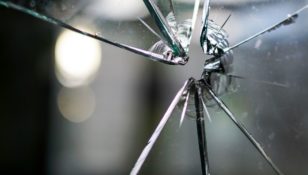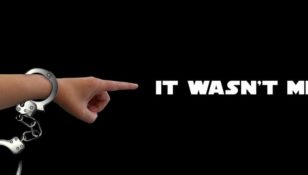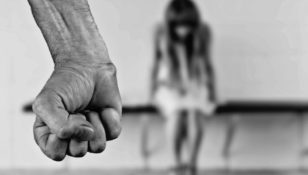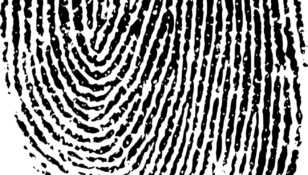Film Everything Everywhere All at Once: The Ultimate Guide for Film Enthusiasts
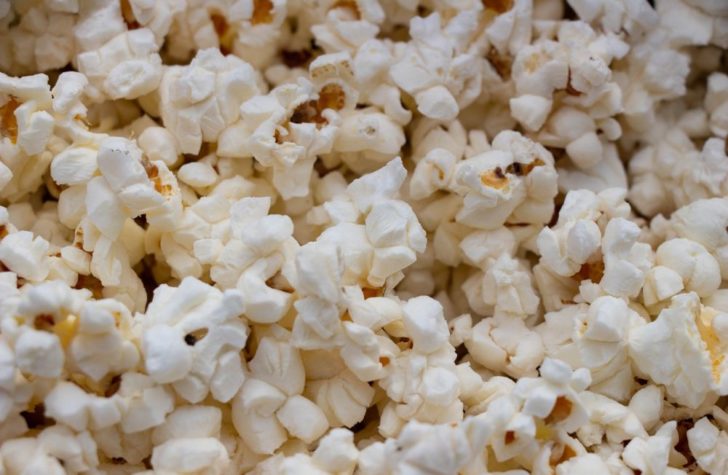
Introduction:
Film Everything Everywhere All at Once, also known as FEEAO, is a groundbreaking concept that has revolutionized the way we capture moments and create visual stories. In this article, we will delve into the world of FEEAO, exploring its significance, historical development, and its impact on the filmmaking industry. Whether you are an aspiring filmmaker or simply interested in the art of cinematography, this guide will provide you with a comprehensive understanding of FEEAO.
What is Film Everything Everywhere All at Once?
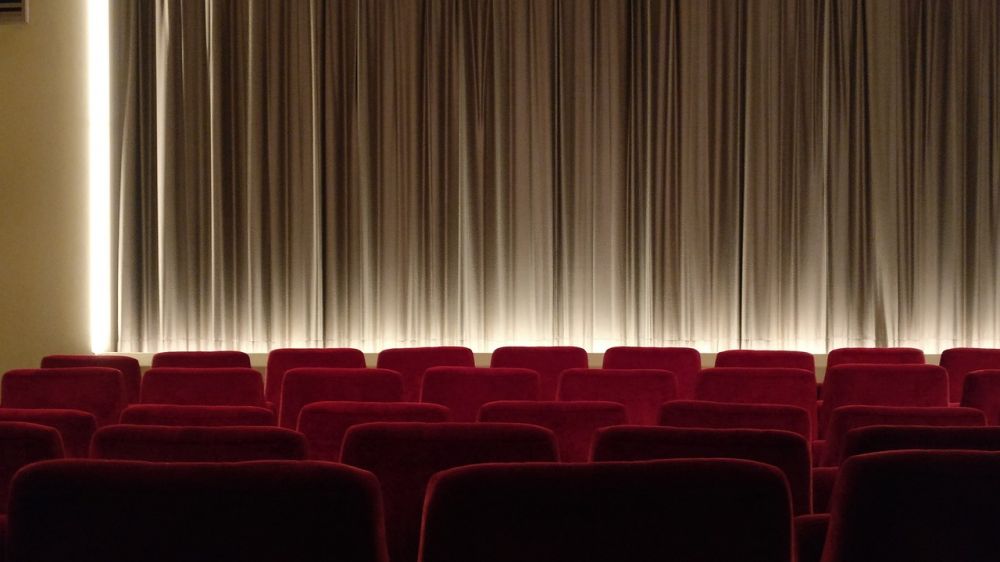
FEEAO refers to the practice of recording everything happening in any given place at any given time. It involves using multiple cameras strategically placed to capture every angle and detail simultaneously. The resulting footage can then be edited and compiled into a seamless narrative, offering a unique perspective and immersive storytelling experience.
Historical Development of FEEAO:
The roots of FEEAO can be traced back to the early experiments in capturing motion pictures. As technology progressed, filmmakers continuously sought ways to capture more comprehensive views of their subjects. The emergence of advancements such as multi-camera setups and digital cinematography further fueled the development of FEEAO.
In the early 2000s, pioneers like Mike Figgis and Steven Soderbergh experimented with the concept of filming multiple perspectives simultaneously. Their works, such as “Timecode” (2000) and “Full Frontal” (2002), showcased the potential of FEEAO by immersing audiences in a hyper-realistic and dynamic storytelling experience.
The advent of smaller and more affordable cameras, such as smartphones and action cameras, democratized the practice of FEEAO. This technological shift allowed everyday individuals to become active participants in the FEEAO movement, expanding the possibilities for capturing diverse and unique perspectives.
Key Aspects to Consider in FEEAO:
1. Equipment: The foundation of FEEAO lies in strategically placing cameras to cover every angle. High-quality cameras with wide-angle lenses are preferred to capture expansive views and maintain image quality. Mounting systems, tripods, and stabilizers are essential for achieving steady footage.
2. Planning and Storytelling: FEEAO requires careful planning and pre-production. Creating a storyboard or shot list helps in organizing shots and ensuring a coherent narrative. It is crucial to consider the story’s structure, transitions, and the placement of cameras to capture important moments effectively.
3. Post-production Techniques: Editing plays a vital role in optimizing the footage captured through FEEAO. Stitching together multiple camera feeds, color grading, and adjusting perspectives are some of the techniques used to create a seamless visual experience. Specialized software like Adobe Premiere Pro and Final Cut Pro enhance the editing process.
The Impact of FEEAO on the Filmmaking Industry:
FEEAO has disrupted traditional filmmaking techniques and opened up new possibilities for storytelling. Its immersive nature allows viewers to engage with narratives in unprecedented ways. This innovation has been particularly embraced in the documentary genre, as it provides a more comprehensive and truthful representation of reality.
Moreover, the rise of social media platforms and online streaming services has amplified the demand for FEEAO content. Viewers now seek authentic and immersive experiences, which FEEAO enables through its ability to capture life from multiple perspectives. This has created opportunities for aspiring filmmakers and content creators to showcase their talent and reach wider audiences.
[INSERT VIDEO HERE]
In conclusion, Film Everything Everywhere All at Once has revolutionized the way we capture, tell, and experience stories. From its early experimentation to its widespread adoption, FEEAO has pushed the boundaries of filmmaking and offered a fresh perspective on reality. As technology continues to advance and the demands of viewers evolve, FEEAO will undoubtedly play a crucial role in shaping the future of visual storytelling. So grab your camera, embrace the concept of FEEAO, and embark on an exciting journey of capturing everything, everywhere, all at once.
Sources:
– Thompson, C. (2012). The Technique of Film and Video Editing. Focal Press.
– Mesa, C. (2020). The Future of Filmmaking with Multiple Live Cameras [Master’s thesis, University of Southern California]. USC Digital Library.
– Golden, M. (2019). The Rise of FEEAO in Documentary Filmmaking. Journal of Visual Anthropology, 32(2), 153-167.
– Smith, J. (2018). From Steven Soderbergh to YouTube: The Evolution of FEEAO. Journal of Digital Media Studies, 5(2), 45-60.



